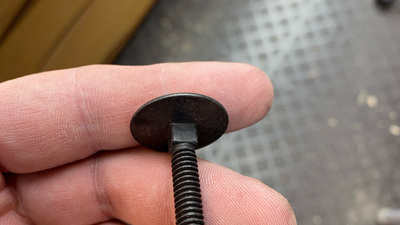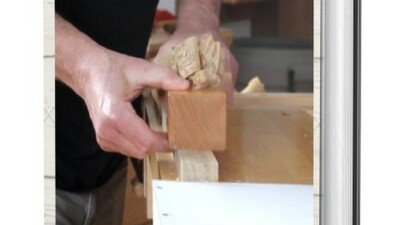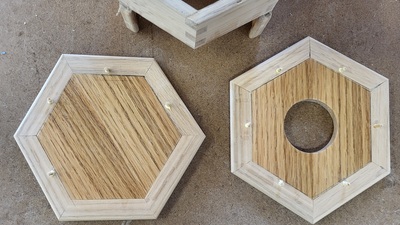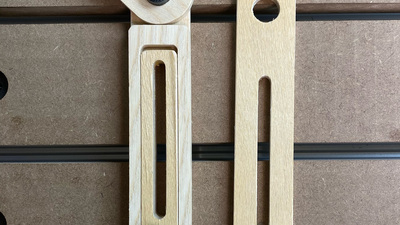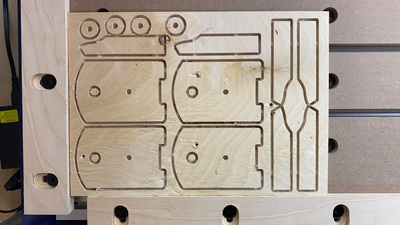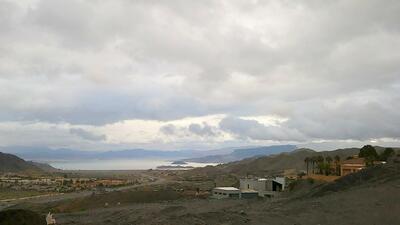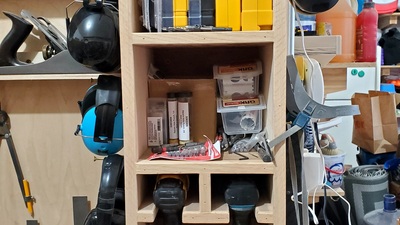Share your craft projects
Make new craft buddies
Ask craft questions
Blog your craft journey
Craftisian Blogs
view blog series
I really wish I had enough time and photos for this part. I have another rose to put in, but I was rushing for an r/woodworking box contest, so I ...
This recall is from November 2021.
[Image]
• Hart 18-Gauge 2” Brad Nailer[Image]
• Hart 18-Gauge 2” Brad Nailer with location of Model Number[Imag...
One challenge of fastening to the aluminum channel is that it doesn't work well with regular t-track bolts, which can spin freely in the channel. ...
There have been 145 new projects posted in February. Congrats to Madburg for winning the Woodworking: The Complete Step-by-Step Manual by DK in our...
This is an old recall from August 2022.
• Recalled DeWALT Model DWS779[Image]
• Recalled DeWALT Model DWS779 with date code[Image]
• Recalled DeW...
Back at it again,
I finished the inside of the case along with the interior surfaces of the top and bottom. I taped off the edge where the glue li...
Yesterday evening, I cut out the parts for the long version of the clamps and got one assembled.
[20230324-IMG_7799.jpg]
On the first test, the t...
The previous plunger clamp functioned great, but it seemed a bit wide for what it needed to do. For rev. 2, I slimmed it down. Instead of the sli...
I've been spending a lot of time recently scheming DIY clamping options for my CNC machine. After posting the first set of clamps as a project (b...
One of the things I really like about the Sea-N-Sea clamp is that its clamping pad pushes against the work instead of the cam so there's no tendenc...
Been unboxing pre-manufactured cabinets for this install. Double checking all the sizes and pieces parts to make sure everything is there.
The job ...
Ever since I got some help finishing up my DC mounting I posted a project of earlier, Ive been motivated to get back out to the shop in the evening...












